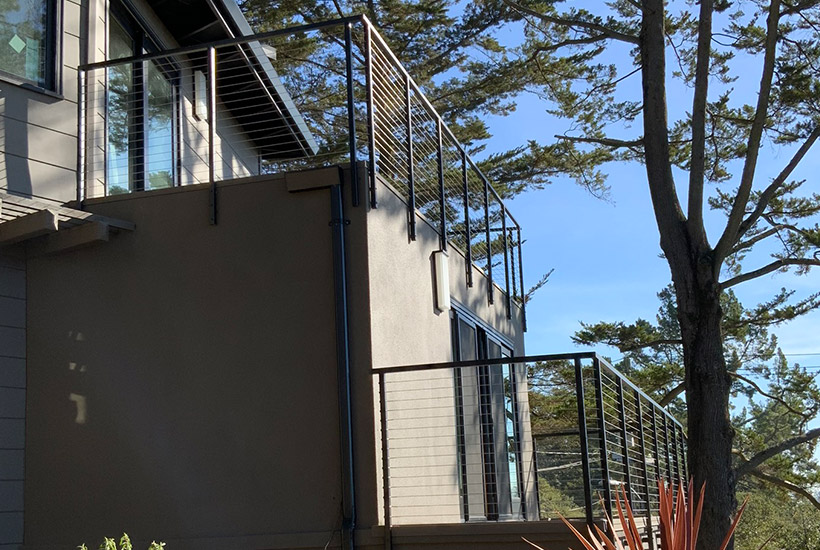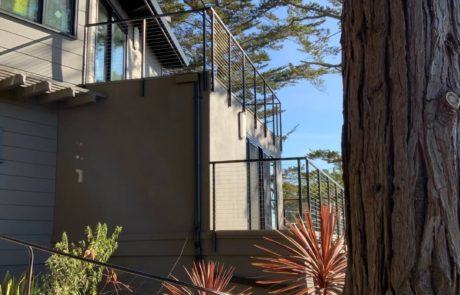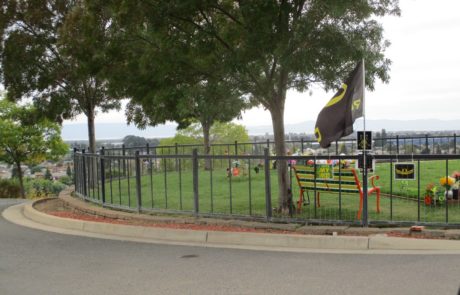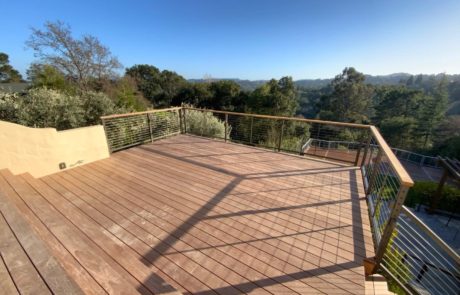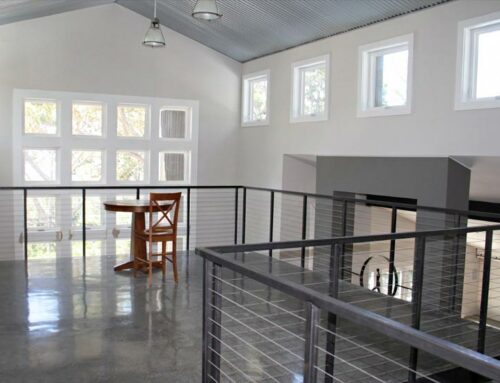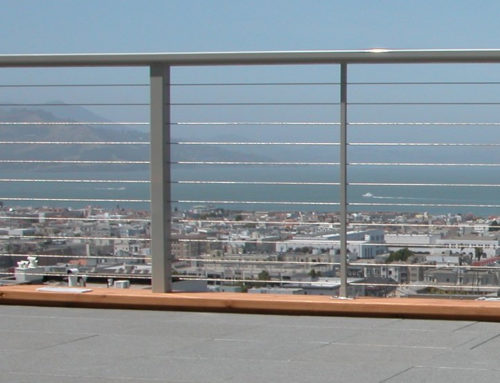A home may have a guardrail along the front porch. Commercial properties may need guardrails along long walkways, landings, or platforms. In either case, these guardrails need to be compliant with California building code and potentially other codes in order to be safe and to lower your liability. How do you ensure that your guardrails are safe and in compliance with the relevant code? This quick guide will tell you where to start.
Guardrails vs Handrails
Before you delve into the code surrounding guardrails, you need to know how they differ from handrails, as these two types of railings have very different rules. Handrails are sloping or horizontal railings that people are meant to grab onto. They provide support or guidance for stairways, walkways, balconies and ramps. There also may be small handrails near showers and toilets to give those with disabilities support.
While people may grasp onto guardrails, and they need to be strong enough for this, they are not primarily for support. Instead, guardrails are a safety feature that prevent people from falling off the open edge of something. That thing may be a porch, a deck, a landing, a platform, an overlook point, or more.
Where Do I Need to Put Guardrails?
Usually, building codes of all kinds require guardrails on any surface which has a 30-inch rise off the surface below. This is the height at which falling begins to pose a more serious risk, so the guardrail needs to prevent that risk.
Otherwise, the relevant code for your guardrails depends on the type of property you own and who is on it. For a residential home, California building codes will dictate the details of your guardrail. The same goes for larger residential settings, including condos, and commercial settings such as retail, offices and more.
Any property where you also have staff also needs to be in compliance with OSHA guidelines for guardrails. This becomes more important and differs strongly from the building codes on construction sites, roofing teams, and other worksites with significant fall risks.
California Guardrail Compliance
For homes and commercial buildings, the California building code has clear requirements for guardrails. In homes and smaller residential settings, guardrails need to sustain a live load of twenty pounds every linear foot, either horizontally or vertically. However, in situations where crowds or groups of people may be leaning on the guardrail, it needs additional strength. We may achieve this through closer posts, stronger materials, and bracing.
California has different rules for the width and strength of different guardrail materials, including wood and metal. Wooden posts for guardrails need to be at least 2-inch by 4-inch, although we typically suggest you install them even thicker in order to provide adequate support. Metal needs to have a one-and-a-half-inch diameter at minimum when used as a post or top rail.
The building code also specifies the overall height of the guardrail. It needs to be between 42 to 45 inches tall, with a tolerance of one inch.
Railing professionals can walk you through the specifics of guardrail building codes and how they apply to your situation. You can also visit California’s DIR site to learn more about guardrail requirements.

